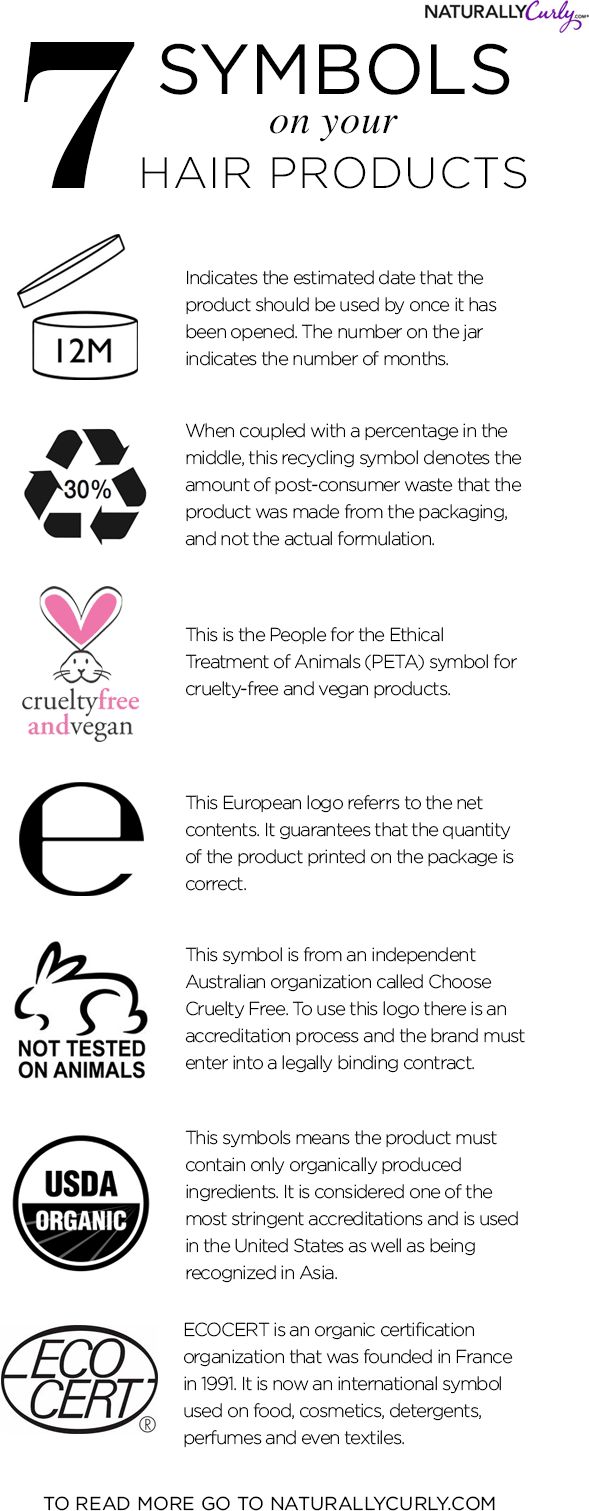
We are so busy! Too busy to stop and smell the roses, let alone stop and learn what all this information actually means. Do you know what every symbol on a product label actually means? Wait…there are symbols on products you ask? Yes, there are and they have been there for quite a few years now. Take a look at the backs of the bottles in your bathroom cabinets right now. Those symbols are everywhere! Let’s expand our knowledge beyond the ingredients label.
Are these symbols regulated?
Not all of them. In the United States the U.S. Food and Drug Administration (FDA”> manages the labeling criteria on consumer products under two acts:
- The Federal Food, Drug, and Cosmetic Act (FD&C Act”>
- The Fair Packaging and Labeling Act (FPLA”>
Not all symbols and labels are regulated and that includes some of the hugely popular symbols on cosmetic packaging. Some of them are government regulated or left to consumer comprehension. Case in point, the ever popular “Cruelty Free”/”Not Tested on Animals” phrases. According to the FDA, these companies can use these unrestricted phrases because there are no legal definitions for those terms. What does that mean? Well, the companies making these claims could be making them solely on the phase of the product under their own personal control. The raw materials they received from suppliers may or may not have had any animal testing. Some companies may be factoring in all aspects of the product from start to finish including the raw materials that may have come from other sources. Other companies may be solely talking about current testing and not testing from previous years. Unless you do thorough research then there really is no way to determine what their claims mean.
Are these symbols important?
Yes! Despite inconsistencies in the way some symbols are regulated, many symbols for package labeling are universally recognizable, which makes things a simpler and much safer for the consumer. In virtually every developed country there is a government agency responsible for regulating the content of cosmetics labels. Also, companies have really made an effort at making their ingredients or products more transparent while concealing trade secrets. However, there are different types of these symbols. While some exist for product certifications, trademarks, and even proofs of purchase, there are others to communicate consumer use, safety, and product integrity.
Why can’t I just read the ingredients?







Well, that is always an option but the symbols give you additional information that the ingredients list cannot. A perfect example would be the product expiry logo (refer to image below in the top left corner”> that is typically found on the back at the bottom of a product label. It indicates the estimated date that the product should be used by once it has been opened. The number on the jar indicates the number of months.
When it comes to spoilage, the FDA does not require companies to print expiration dates: “There are no regulations or requirements under current United States law that require cosmetic manufacturers to print expiration dates on the labels of cosmetic products. Manufacturers have the responsibility to determine shelf life for products, as part of their responsibility to substantiate product safety.” If you are concerned about spoilage, especially with all natural and organic products, then it is best to look for an expiration date or expiry logo.
These symbols are important and serve a real purpose to all consumers who value transparency, accountability, and safety when using and handling all types of products. For most of us, the product expiry logo will be a favorite so we know how long we have before the contents spoil. No worries on conditioner…that never stays around long!








